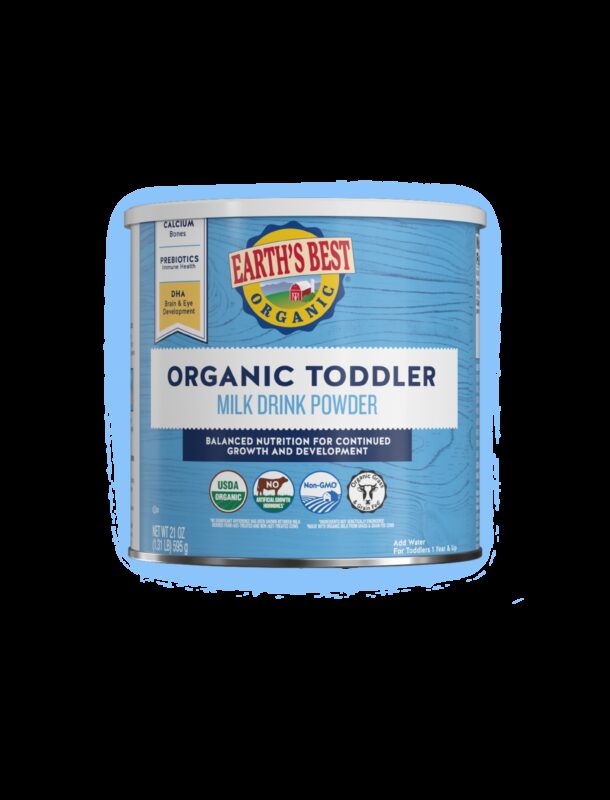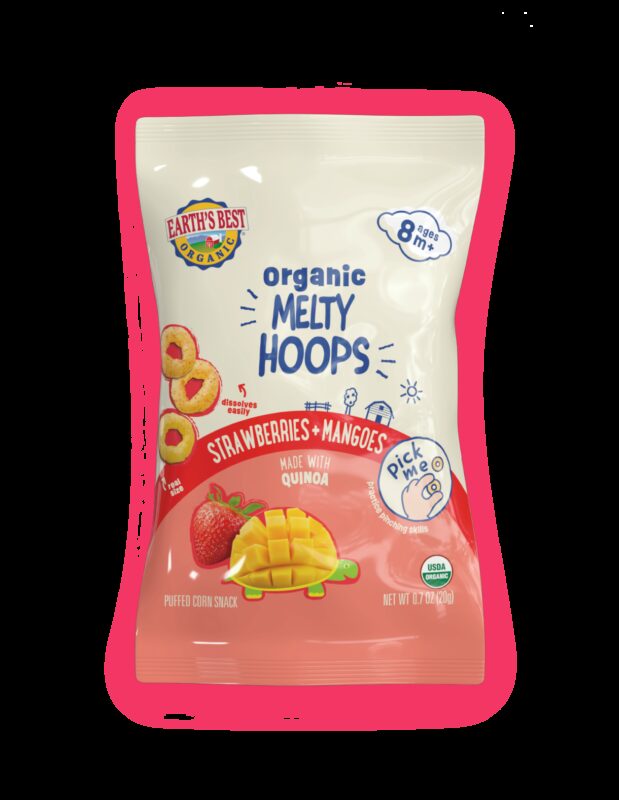
Earth's Best Nutritionist
How to Manage Picky Eating: 6 Tips from our Earth’s Best Nutritionist
While picky eating is a very normal stage as your little one tests the limits of their budding independence, it can be oh-so frustrating when one day your little one proclaims he absolutely loves Brussels sprouts, while the next he shouts “no!” and refuses to take a bite.
Here are 6 tips to tackle the most common questions Earth’s Best families often have around the trickiness of pickiness, to help you navigate this stage with confidence.
At this stage, your toddler is naturally curious to explore their budding independence from you! Let him feed him or herself if possible (even if things get a bit messy), to help build important fine and gross motor skill development and build their confidence.
Establish a predictable, positive eating routine
Just as with adults, little ones do better when they know what to expect. Offer three meals and 2-3 healthy snacks at similar times each day, and limit treats, juices or snacks outside of these times.
Bring a healthy appetite
After the rapid growth in infancy and early toddlerhood, between ages 1-2 your baby’s growth rate slows down (to be picked up again in adolescence), and you may notice a natural decrease in appetite. Picky eating can sometimes occur if snacks are offered too close to mealtimes, if a toddler is consuming too much milk or juice between meals, or when little ones are allowed to graze throughout the day. Check your routine and adjust if you suspect you may be taking the edge off of a healthy readiness to eat.
Encourage independence
At this stage, your toddler is naturally curious to explore their budding independence from you! Let him feed him or herself if possible (even if things get a bit messy), to help build important fine and gross motor skill development and build their confidence. At snack time, present 2 good-for-you choices and let your little one pick (“shall we have peas or avocado for a snack today?”). Open ended questions like “what do you want for a snack today?” can turn into power struggles.
Invite curiosity to explore new foods
Invite your toddler to pick out a new fruit or vegetable to try at the market. Play with no-fuss ways to prepare that may get a “yum!”, for instance, broccoli can be steamed or baked, served raw with dressing or pureed into a creamy soup. Ask them to share their feelings about the food, and it’s ok if they don’t like it. Dipping or dunking veggies in a healthy sauce (such as a creamy hummus or dressing) can turn up the fun factor. Remember the division of responsibility: your role is to offer healthy meals and snacks, and your toddler’s job is to decide whether and how much he or she wants to eat.
Offer new flavors and textures alongside familiar favorites
If your toddler doesn’t know or like a particular food, serve a small portion alongside a familiar favorite. Sometimes it can take upwards of 30 exposures to a new food before it begins to feel familiar, so gently keep offering it without being attached to the outcome. Be sure to let your toddler see other family members enjoying these foods at mealtime, as modeling healthy habits goes a long way.
Food Jags or Power Struggles? Stay calm
While it can be frustrating when your little one demands the same food for weeks, or even refuses to eat one day, for healthy children this is quite normal, as a toddler’s appetite can vary from day to day. Try to stay calm, and resist the impulse to bargain or beg, as this can lead to even more power struggles in the future. Instead, calmly explain that this is the meal or snack you’ve prepared (don’t feel pressured to make a second meal), and it’s perfectly fine if they choose not to eat. While it can be hard to stay patient and firm in the moment, know that by being consistent, you’re helping set them up for a lifetime of healthy eating.
Content about introducing new flavors and textures? About inviting curosity?
This is for informational purposes only and should not be treated as medical advice. The content is not intended to be a substitute for professional medical advice, diagnosis, or treatment. Please always discuss any health and feeding concerns directly with your pediatrician. Never disregard professional medical advice or delay in seeking it because of something you have read above.


Our mission is to help little ones build healthy habits. As a member of our Earth’s Best® family, you'll receive handy emails packed with expert tips, recipes, offers, and more!














